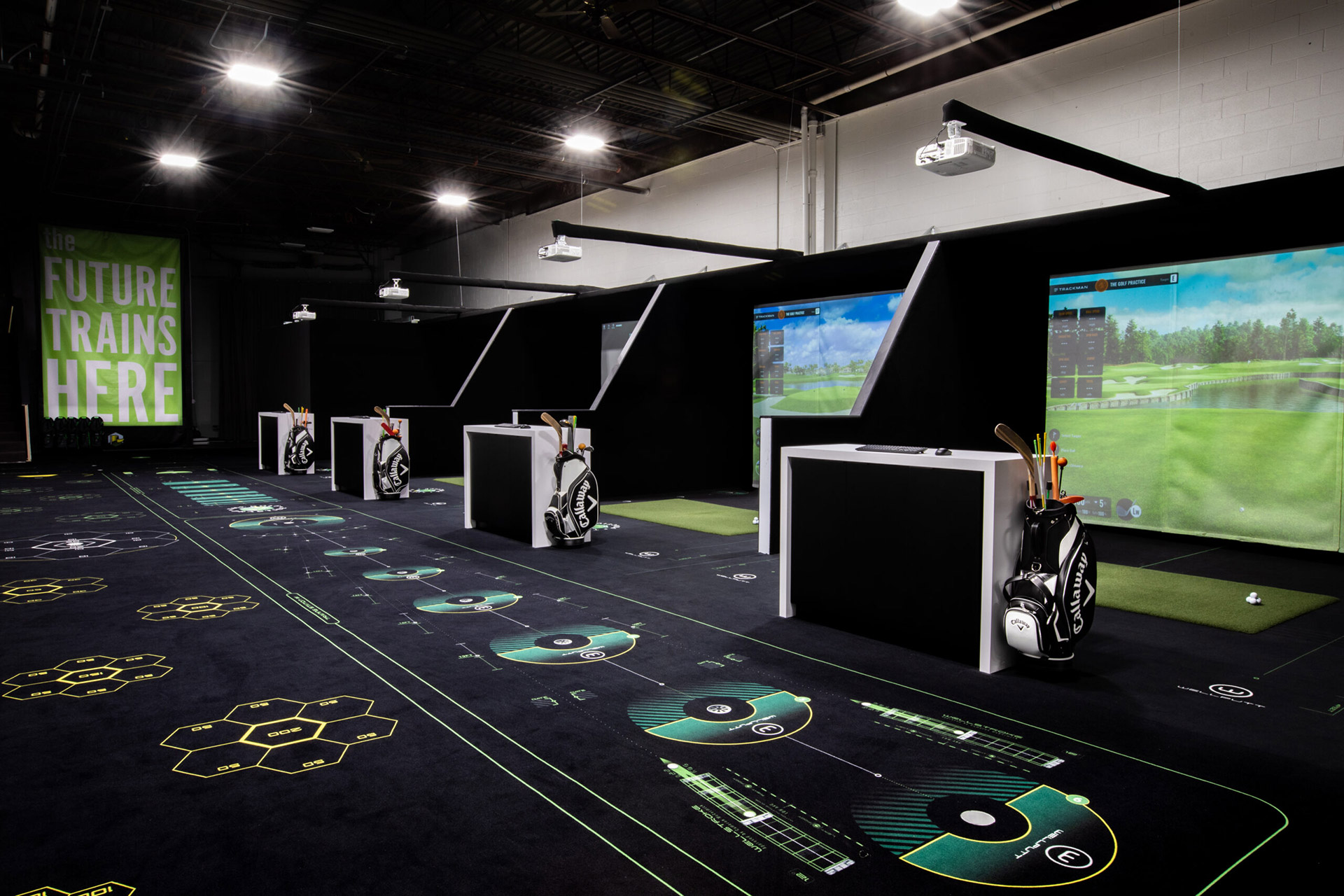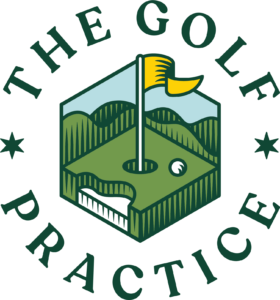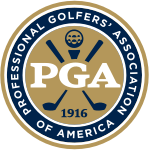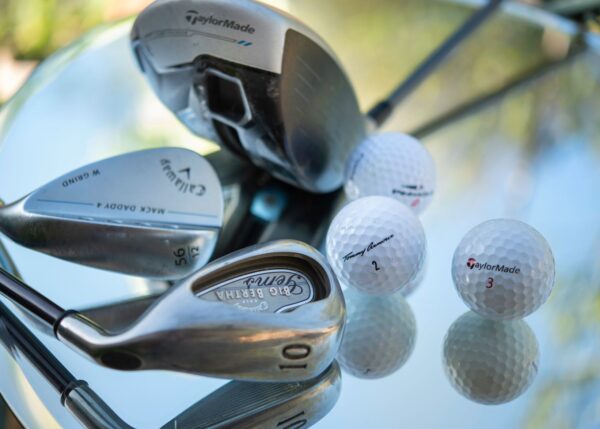
Golf is a game of precision, and your equipment plays a crucial role in your performance on the course. While many golfers become attached to their trusty clubs, there comes a time when upgrading becomes necessary for continued improvement and enjoyment of the game. Recognizing when to replace your golf clubs can significantly impact your scores and overall playing experience.
Your Current Clubs Feature Outdated Technology
Modern Club Innovations You’re Missing
Golf club technology has advanced dramatically over the past decade. Today’s drivers feature adjustable weights, variable face thickness, and aerodynamic designs that can add 10-20 yards to your drives compared to clubs from just five years ago. Modern irons incorporate cavity-back designs, perimeter weighting, and face technologies that provide better forgiveness and distance control.
If your clubs are more than seven years old, you’re likely missing out on significant technological improvements. Newer materials like titanium composites, carbon fiber shafts, and advanced steel alloys offer better feel, increased distance, and improved accuracy. The difference in performance between older clubs and current models can be substantial enough to justify the investment.
Visible Wear and Physical Damage
Recognizing When Wear Becomes Performance-Limiting
Physical deterioration is often the most obvious sign that your clubs need replacement. Grooves on your irons and wedges wear down over time, reducing your ability to generate backspin and control ball flight. When grooves become shallow or rounded, the ball won’t grip the clubface properly, especially in wet conditions or from rough lies.
Dents, scratches, and chips on clubheads affect aerodynamics and ball contact. Even small imperfections can alter the club’s center of gravity and impact your shot consistency. Shaft damage, including small cracks or bent areas, compromises the club’s structural integrity and can lead to complete failure during a swing. Grip wear is another critical factor, as worn grips reduce your ability to maintain proper control throughout the swing.
Inconsistent Ball Flight and Distance Loss
When Performance Issues Signal Equipment Problems
One of the clearest indicators that you need new clubs is a noticeable decline in distance or consistency, despite maintaining your swing technique. If you’re hitting the ball well but not achieving the distances you once did, your clubs may be the culprit rather than your swing.
Shaft flex changes over time due to fatigue and stress. A shaft that has lost its original flex characteristics won’t load and unload properly during your swing, resulting in reduced distance and poor ball flight. Additionally, clubface technology in older clubs may not provide the same ball speed and launch conditions as modern alternatives.
Inconsistent ball flight patterns, such as shots that consistently go left or right despite proper alignment, often indicate that your clubheads have shifted or your shafts have developed subtle bends that affect the club’s lie angle and face position at impact.
Your Skill Level Has Significantly Changed
Matching Equipment to Your Current Abilities
As your golf skills improve or change, your equipment needs evolve accordingly. Beginning golfers often start with game-improvement clubs designed for maximum forgiveness, but as their swing becomes more consistent, they may benefit from clubs that offer better feel and workability.
Conversely, if you haven’t played regularly in several years and your skills have declined, your current clubs might be too demanding for your current ability level. Modern game-improvement clubs offer several advantages:
- Larger sweet spots for more forgiving off-center hits
- Lower centers of gravity for easier ball launch
- Perimeter weighting for increased stability
- Hybrid clubs that replace difficult-to-hit long irons
- Advanced materials that reduce vibration on mishits
Advanced players who have developed their skills might find that their current clubs limit their ability to shape shots or provide the precise feedback they need for continued improvement.
Poor Fit and Comfort Issues
The Importance of Proper Club Specifications
Clubs that don’t fit your physical specifications can hinder your performance and potentially cause injury. If you’ve experienced significant changes in height, strength, or flexibility since purchasing your current set, a professional fitting may reveal that your clubs are no longer appropriate for your swing characteristics.
Common fit issues include incorrect shaft length, which affects your posture and swing plane, and improper lie angle, which can cause shots to consistently miss left or right of your target. Shaft flex that doesn’t match your swing speed can result in poor ball flight and reduced distance.
If you’re experiencing fit issues with your current clubs, schedule a professional fitting at The Golf Practice. Our expert fitters at our Highland Park and Lisle locations can analyze your swing and recommend the perfect club specifications to maximize your potential on the course.
Frequent Repairs and Rising Maintenance Costs
When Repair Costs Exceed Replacement Value
If you find yourself constantly repairing your clubs or replacing grips, shafts, or other components, it may be more economical to invest in a new set. Frequent repairs often indicate that your clubs have reached the end of their useful life and that continued maintenance will become increasingly expensive.
Some older clubs may require specialized parts or services that are no longer readily available, making repairs time-consuming and costly. When repair costs approach 30-40% of the price of new clubs, replacement becomes the more practical option. Additionally, newer clubs come with warranties that protect your investment and provide peace of mind.
Performance Plateau Despite Consistent Practice
Breaking Through Equipment-Limited Barriers
If you’ve been practicing regularly but haven’t seen improvement in your scores or ball-striking quality, your equipment might be limiting your progress. Modern clubs are designed to help golfers achieve better results with less-than-perfect swings, and upgrading can often lead to immediate improvements.
This is particularly true for recreational golfers who don’t have time to develop tour-level consistency. Game-improvement features in modern clubs can help compensate for minor swing flaws and allow you to score better while you continue working on your technique. The latest technology can provide:
- Greater distance with less effort through improved face designs
- Enhanced accuracy through perimeter weighting and stability features
- Better performance in various course conditions with specialized club designs
- Increased confidence through consistent ball flight patterns
- Improved feel and feedback for better shot assessment
Technology Gap Affecting Your Competitive Performance
Staying Current in Today’s Golf Environment
In today’s golf environment, equipment advantages can make a significant difference in competitive play. If you’re serious about improving your handicap or competing in tournaments, having outdated equipment puts you at a disadvantage against players using modern technology.
Modern golf clubs represent decades of research and development in materials science, aerodynamics, and biomechanics. While skill remains the most important factor in golf success, having equipment that complements and supports your abilities can make the difference between frustration and enjoyment on the course.
The latest clubs offer features that help golfers achieve greater distance, improve accuracy through enhanced forgiveness, better adapt to various course conditions, and gain confidence through improved performance consistency. When you recognize these signs in your current equipment, it’s time to consider upgrading to unlock your full potential as a golfer.

